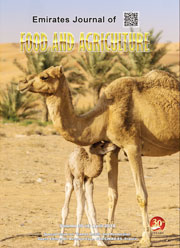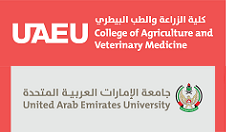Chamomile biodiversity and essential oil qualitative-quantitative characteristics in Egyptian production and Iranian landraces
DOI:
https://doi.org/10.9755/ejfa.v22i1.4907Keywords:
Biodiversity, composition, essential oil, Matricaria recutita.Abstract
This study presents the genetic and environmental variations of essential oil and its sesquiterpene composition (/-/- α -bisabololoxide A, /-/- α -bisabololoxide B, /-/- α -bisabolol and chamazulene) in natural growing chamomile population in Iran in comparison with the cultivars, which are cultivated in Egypt. The highest contents of /-/-α-bisabololoxide A, /-/-α- bisabolonoxide A and /-/-α-bisabololoxide B were typical for chamomile plants, which flower anthodia were collected in various places in Egypt. These results showed that, there is a Bisabololoxide chemo type B of chamomile plants only. Contribution presents the results of the chamomile essential oil qualitative-quantitative characteristics of chemo types that are originated from different geographical parts of the Iranian country. The Zagros Mountains, as a nature barrier, divided the Chamomile populations: one to the Persian Gulf with the very high /-/-α- bisabolol content and one to the Alborz Mountains/Caspian Sea/ with the very high /-/-α- bisabololoxide A content. This Chamomile biodiversity on a relative small area was created during long time process (evolution) in regard to influence of eco-physiological conditions (bioticand abiotic- factors) on the concrete place of chamomile population growth.










 .
. 